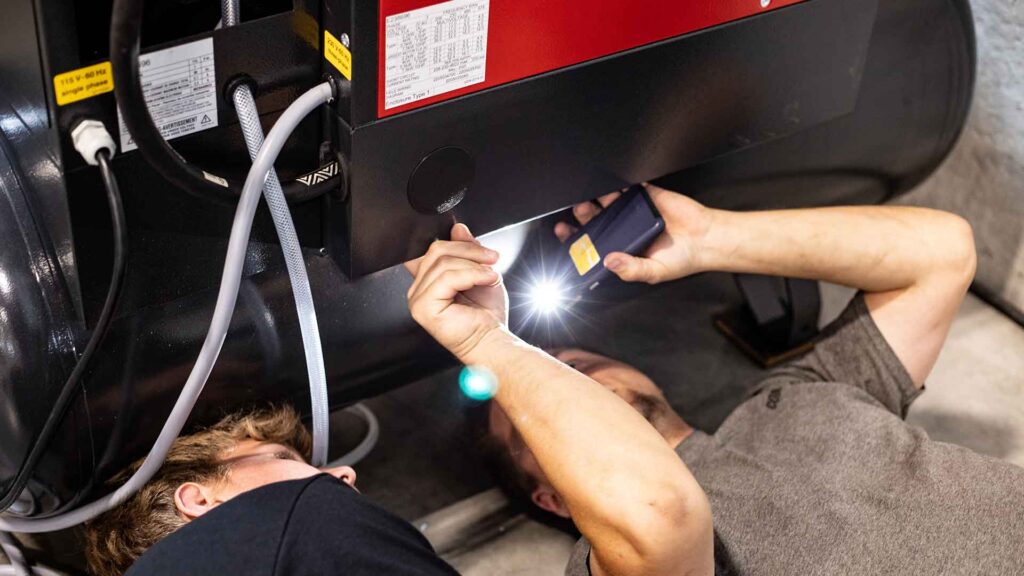
In recent years, the beverage industry has witnessed a significant shift towards convenience, with consumers increasingly gravitating towards products that offer both quality and ease of use. One of the most prominent trends to emerge from this shift is the rise of Ready-To-Drink (RTD) canning. From cocktails and coffees to energy drinks and health beverages, RTD cans have become a staple on supermarket shelves, revolutionizing the way consumers enjoy their favorite drinks. This article explores the growth of RTD canning, the factors driving its popularity, and its impact on the beverage industry.
The Evolution of RTD Canning
RTD beverages have been around for decades, but the surge in canning these drinks is a relatively recent phenomenon. Traditionally, RTD products were packaged in bottles or cartons. However, the shift to cans has been driven by a combination of consumer demand, technological advancements, and environmental considerations.
The early days of RTD canning were dominated by soft drinks and energy beverages. However, as consumer preferences evolved, so did the range of products available in cans. Today, RTD cans are used to package a wide variety of beverages, including alcoholic drinks, teas, coffees, and even functional beverages like kombucha and CBD-infused drinks. This diversification has been key to the growth of the RTD canning segment, as it caters to a broad spectrum of consumer tastes and lifestyles.
Factors Driving the Popularity of RTD Canning
- Convenience and Portability
The primary appeal of RTD beverages lies in their convenience. Cans are lightweight, portable, and easy to store, making them an ideal choice for on-the-go consumption. Whether at a picnic, a party, or just relaxing at home, consumers appreciate the grab-and-go nature of canned beverages, which require no preparation or additional equipment. - Sustainability
Environmental concerns have played a significant role in the rise of RTD canning. Aluminum cans are widely recognized as one of the most recyclable forms of packaging. Unlike plastic bottles, which contribute to the growing problem of plastic waste, aluminum cans can be recycled indefinitely without losing quality. This sustainability aspect resonates with eco-conscious consumers who seek to minimize their environmental impact. - Extended Shelf Life
Canning offers superior protection against light and oxygen, two factors that can degrade the quality of beverages over time. This makes cans an ideal packaging solution for preserving the freshness and flavor of RTD products. For manufacturers, the extended shelf life provided by cans translates into reduced waste and the ability to distribute products over a wider geographic area. - Innovation in Beverage Offerings
The RTD canning trend has spurred innovation in beverage formulations. As consumers increasingly seek unique and premium experiences, brands are responding with creative concoctions that push the boundaries of traditional beverage categories. Craft cocktails, nitro coffees, and functional wellness drinks are just a few examples of the innovative products now available in cans, offering consumers a premium experience in a convenient format. - Pandemic Influence
The COVID-19 pandemic accelerated the demand for RTD products, as consumers sought safe and convenient alternatives to on-premise dining and drinking experiences. RTD canned cocktails, in particular, saw a surge in popularity as bars and restaurants faced restrictions, and consumers looked for ways to recreate the cocktail experience at home. This shift in consumer behavior has had a lasting impact on the market, with many people continuing to embrace RTD cans even as restrictions have eased.
The Impact on the Beverage Industry
The rise of RTD canning has had a transformative effect on the beverage industry. For one, it has opened up new revenue streams for both established brands and emerging players. By offering RTD options, companies can reach a broader audience and tap into the growing demand for convenience. Additionally, the flexibility of canning has allowed for greater experimentation and differentiation in the market, giving rise to a diverse range of products that cater to niche consumer preferences.
For retailers, the popularity of RTD cans presents an opportunity to optimize shelf space and attract consumers with eye-catching designs and packaging. The compact nature of cans allows retailers to stock a wider variety of products, maximizing sales potential while meeting consumer demand for variety.
Moreover, the trend towards RTD canning has encouraged cross-industry collaborations. Beverage companies are partnering with distilleries, breweries, and even coffee roasters to create innovative RTD products that blend different flavors and ingredients. These collaborations not only drive product innovation but also create marketing synergies that enhance brand visibility and consumer engagement.
Challenges and Future Outlook
Despite its many advantages, RTD canning also presents certain challenges. The cost of aluminum has fluctuated in recent years, impacting production costs. Additionally, the increased competition in the RTD market means that brands must continually innovate to stand out and maintain consumer interest.
Looking ahead, the future of RTD canning appears bright. As consumers continue to prioritize convenience, sustainability, and premium experiences, the demand for RTD canned beverages is likely to grow. Advances in canning technology and packaging design will further enhance the appeal of these products, ensuring that RTD canning remains a key driver of growth and innovation in the beverage industry.
Conclusion
The rise of RTD canning represents a significant shift in the beverage industry, driven by consumer demand for convenience, sustainability, and quality. As brands continue to explore the potential of this packaging format, the range of RTD products available in cans will only expand, offering consumers an ever-growing array of options to suit their tastes and lifestyles. In this dynamic landscape, RTD canning is set to play a pivotal role in shaping the future of beverage consumption.













